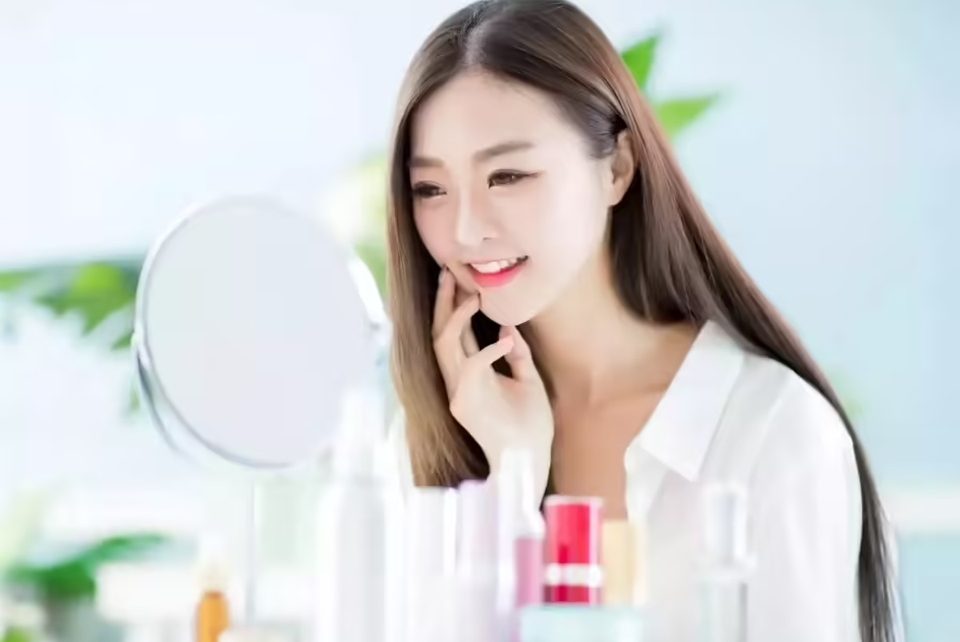The transformative power of Korean skincare products has fundamentally altered how Singaporeans approach beauty, creating a cultural shift that extends far beyond surface-level aesthetics into questions of self-worth, accessibility, and social mobility. This phenomenon represents more than mere consumer trends; it reflects deeper societal changes about who deserves access to effective skincare and how beauty standards are democratised across economic boundaries.
The Great Equaliser: How K-Beauty Democratised Skincare
In Singapore’s stratified society, where luxury often correlates with exclusivity, Korean beauty products have emerged as unexpected democratisers. Unlike traditional Western prestige brands that price out significant portions of the population, K-beauty philosophy centres on accessibility without compromising efficacy.
Research conducted across Singapore’s diverse neighbourhoods reveals a striking pattern: households across income brackets now share similar skincare routines, centred around affordable yet effective Korean formulations. This represents a profound shift from previous decades when quality skincare remained largely the province of the affluent.
The implications extend beyond individual vanity. Access to effective skincare products has become intertwined with professional opportunities, social mobility, and personal confidence. In Singapore’s competitive environment, appearance often influences career trajectories, making affordable, effective skincare a tool for social equity rather than luxury indulgence.
The Science Behind the Phenomenon
Korean skincare’s dominance in Singapore stems from its evidence-based approach to formulation. Unlike marketing-driven Western products, K-beauty emphasises research-backed ingredients and systematic skincare philosophy.
Key scientific principles driving adoption include:
• Layering methodology: Multiple thin layers allow better absorption in Singapore’s humid climate
• pH-balanced formulations: Respect the skin’s natural barrier function
• Innovative ingredients: Snail mucin, ginseng, and fermented extracts offer proven benefits
• Gentle yet effective: Suitable for Singapore’s diverse ethnic skin types
• Prevention-focused: Addresses issues before they become problems
Local dermatologists note significant improvements in patient skin health since K-beauty’s mainstream adoption. “We’re seeing fewer aggressive treatments needed because people are taking preventative care seriously,” explains a practitioner from a central Singapore clinic.
Cultural Integration in Singapore’s Beauty Landscape
The adoption of Korean beauty products in Singapore reflects broader cultural currents about wellness, self-care, and community. Unlike individualistic Western beauty culture, K-beauty emphasises collective knowledge sharing and mutual support.
The Ritual of Self-Care
In Singapore’s high-pressure environment, the multi-step Korean skincare routine offers something precious: mandated time for self-reflection and care. This ritualistic approach resonates particularly strongly with overworked professionals seeking moments of mindfulness.
“My evening skincare routine has become my meditation,” shares a financial district worker. “Those twenty minutes belong entirely to me.” This sentiment echoes across Singapore, where work-life balance remains elusive for many.
Community and Knowledge Sharing
Korean skincare culture emphasises education and shared learning. Singapore’s beauty communities, both online and offline, reflect this collaborative spirit. Information flows freely across social and economic boundaries, creating unexpected connections between diverse groups.
The contrast with traditional beauty culture is stark. Where Western brands often cultivate exclusivity and mystery around formulations, K-beauty celebrates transparency and education. Consumers understand ingredients, application methods, and expected results.
Economic Impact and Accessibility
The Korean skincare products revolution in Singapore has created new economic realities. Small retailers specialising in K-beauty have flourished, creating employment opportunities and entrepreneurial ventures across the island.
Breaking Down Barriers
Traditional beauty retail in Singapore favoured established department stores and high-end boutiques. K-beauty’s arrival disrupted this model, enabling smaller retailers to compete effectively. The products’ affordability means lower barriers to entry for both consumers and retailers.
This democratisation has particular significance for Singapore’s diverse population. Previously, effective skincare often meant expensive Western imports. Korean alternatives offer comparable or superior results at accessible price points, enabling broader participation in beauty culture.
The Challenge of Information Overload
However, K-beauty’s complexity can overwhelm newcomers. The extensive product ranges and multiple-step routines create decision paralysis, particularly for those accustomed to simpler Western routines.
Educational initiatives have emerged to address this challenge. Beauty advisors increasingly focus on personalised consultation rather than high-pressure sales, reflecting K-beauty’s educational philosophy.
Environmental and Ethical Considerations
The Korean beauty boom raises important questions about consumption patterns and environmental responsibility. The elaborate packaging and numerous products per routine contribute to waste streams, particularly in environmentally conscious Singapore.
Progressive Korean brands have begun addressing these concerns through:
• Refillable packaging systems
• Concentrated formulations reducing plastic waste
• Sustainable ingredient sourcing
• Recycling programmes for empty containers
Looking Forward: Sustainability and Innovation
The future of Korean skincare in Singapore likely depends on the successful navigation of sustainability challenges while maintaining affordability and effectiveness. Innovation continues driving the sector, with emerging technologies promising even more personalised and environmentally responsible solutions.
The Human Cost of Beauty Standards
Despite K-beauty’s democratising effects, concerns remain about perpetuating unrealistic beauty standards. The emphasis on “glass skin” and extensive routines can create pressure, particularly among younger consumers.
Mental health professionals note increased anxiety around skincare routines among some demographics. The challenge lies in maintaining K-beauty’s positive aspects while avoiding perfectionist traps that can harm self-esteem.
Building Inclusive Beauty Culture
Singapore’s diverse population offers unique opportunities to shape inclusive beauty standards. Korean skincare’s flexibility allows adaptation across different skin types and cultural preferences, potentially creating more representative beauty ideals than historically dominant Western standards.
The ongoing evolution of Singapore’s beauty culture through Korean influences represents more than consumer preference shifts. It reflects deeper questions about accessibility, community, and the role of appearance in modern society. As this transformation continues, the challenge remains ensuring that the democratising benefits of Korean skincare products reach all segments of Singapore’s population while promoting healthy relationships with beauty and self-care.


